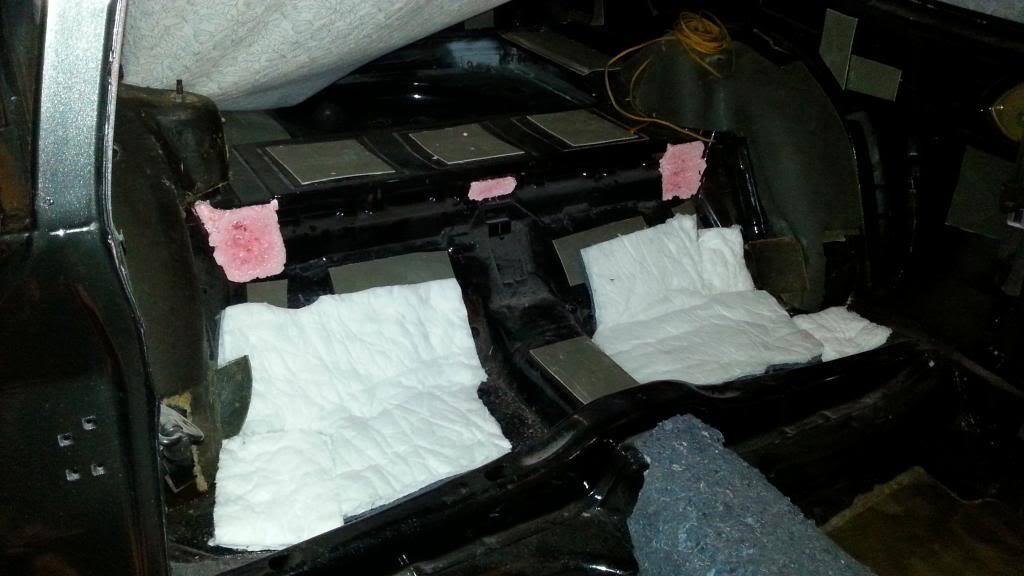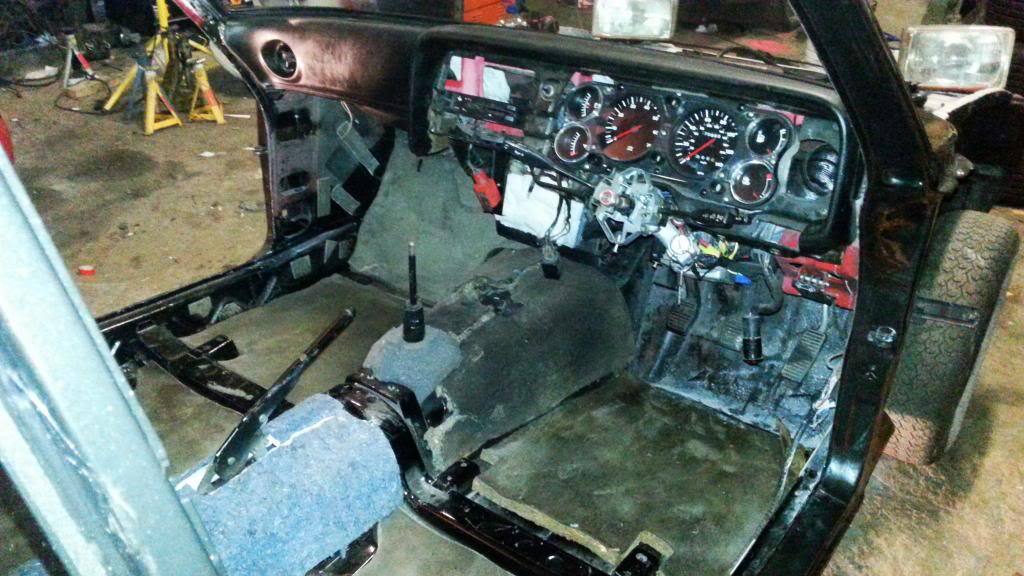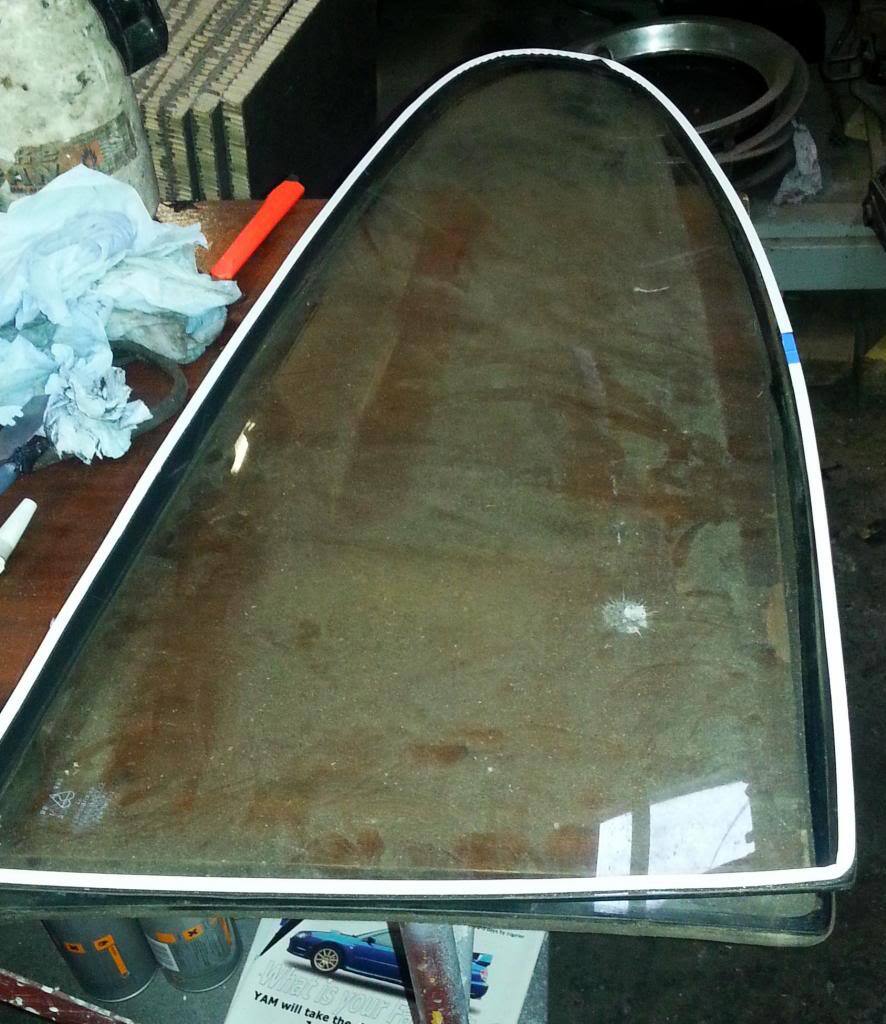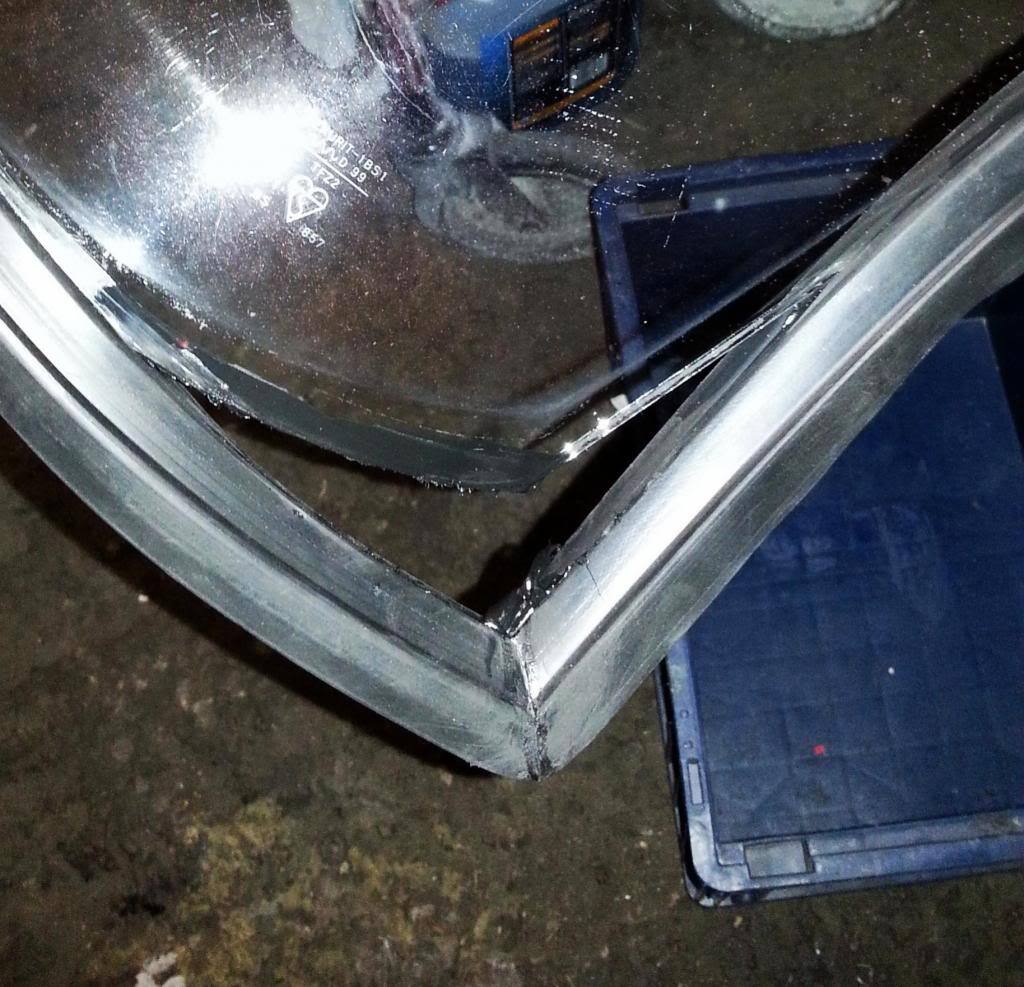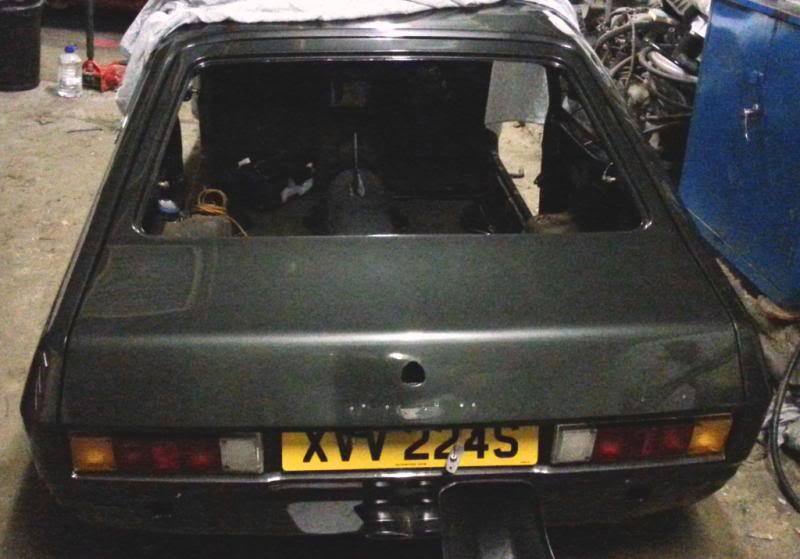So the exhaust - which comes under the heading "Great idea, total pain in the backside in reality".....
So why is something that surely should just be an off the shelf part being a pain? Well because in my infinite wisdom I decided to put some of my sound theory knowledge into practice, with the aim of making the car sound a bit different to just another xflow engine'd Ford. Nice idea, eh? (also a stupid one....)
So what am I actually doing? Well following the style led choice of a middle exit exhaust tailpipe, which introduces a huge number of difficulties in actually getting the exhaust system to it, I decided to try and add a bit more 'richness' to the sound of the exhaust. What do I mean by richness? Well its the same sort of thing that lovers of LPs witter on about when comparing vinyl to CD/MP3 (I'm one of those as well...), in that case it's a digital recording (CD) verses an analog recording, which to explain using a piccy

Basically a digiatal recording is a series of single values being used to represent what was a once infinitely detailed sound. This makes a digital recording sound very clean.
For example, if you had a 1Hz resolution recording you would have a value (band) for say 400Hz and one for 401Hz, where the 400Hz value would include all the sound energy from 399.51 to 400.5Hz etc. this basically leaves gaps where once there was sound. Whereas the original sound actually has an infinite number of bands between 400 and 401Hz, each with it's own unique energy. Of cause the smaller the bands in a digital recording the closer it gets to being like the orignal sound, and there is a point where the human ear basically fills in the gaps and you can't tell the difference.
Anyway, what has this got to do with the exhaust I've been making?! Well in terms of the richness I'm basically going to try and fill in the gaps - simples!
But since the exhaust is an real (analog) sound, not a recording, surely there aren't any gaps? Well yes and no.
The majority of noise that you hear from an engine is something called engine order content, and it's these engine orders that are the majority of the reason each engine type it's own sound character - as we all know a single cylinder engine sounds very different to a V12. These engine orders result from the firing of the engine, and as such are a function of speed and the cycle the engine uses. I.e. a cylinder on a 4 stroke engine fires once every 2 rotations of the crank, whereas a 2 stroke engine fires once every crank revolution - or twin as often, hence why 2 stroke engines sound higher pitched, in terms of sound they're going twice as fast.
These engine orders go up in frequency (higher pitch) as a function of engine speed, so the faster the engine is going to higher frequency (pitch) the sound. This is nicely represented using something called a colourmap.

This is basically a 3D plot, the lower axis being frequency (basically the pitch of the noise), the side axis being engine speed, and the colour being the amplitude (volume/loudness) where blue is quiet and red is loud.
You can see some very clear lines on the plot, these are the engine orders. The left most is engine firing frequency (a direct result of the number of times the engine fires per revolution) and the rest are harmonics of this, and you'll see start to fade out at higher frequencies (there just isn't much energy in them really) - note; these are integer harmonics.
Now if you were to just listed to these orders alone it would sound a lot like an 80's computer game, like Outrun - not very nice. Put all the other sound in and it fills up the gaps a bit and sounds real, but the overall character is still quite clean/pure tone, Japanese super bikes sound a lot like this. To really fill in the gaps and give a rich sound what you really want are some half orders, sound that fits in between the standard engine orders, these are still related to engine speed, and more importantly for the quality of the sound, are generally very related to the engine load as well - this makes the sound the car makes tie up very well with the throttle input you're giving. (I'm skipping tones of other rather important stuff hear, but there are degree courses in that stuff!)
How do you get these half orders? Well it's simple actually, all you have to do is make some of the sound (maybe half) travel a different distance to the rest, i.e. you need an asymmetric exhaust, this puts it out of phase and so you end up with orders in between the main engine orders - and hey presto, a richer sound. Like I said, simples

BMW have often used this, which is why their straight 6 engines (M52 etc) tend to sound really rich. That's a massive over simplification, there are a lot of other reasons like manifold runner lengths (intake and exhaust), cam design (overlap, timing etc) port sizes, firing order - the list is somewhat infinite. But the basic theory applies to it all - make something in the system asymmetric and you'll get a richer sound.
And finally we get on to what I'm doing, and why it's taking so long! (AT LAST!)
Basically I've got a single pipe from the manifold to a centre box at the standard Capri location. Where things differ is that this box splits the flow into 2, and from here the exhaust gas takes 2 different length routes to the tailpipe - one a fairly conventional capri route, bar running along the rear valance to reach the tail pipe, and the other goes across the car and then around the other side of the fuel tank over to the tailpipe. The tailpipe has a Y-piece built into it (that took most of 1/2 a day!) so the the sound is partially mixed back together. The 2 routes also use different inline boxes, which will change the noise in different ways, further highlighting the noise difference between the 2 routes. Hopefully the effect of all this will be some lovely half orders. There is actually a load of maths you can do behind this, but where's the fun in that (actually if you're sad like me it's actually quite interesting and you can tune the design to give you exactly the sound you want (this is how engineers make a 458 sound like a Ferrari and a XKR sound like a Jag, but I couldn't be bothered to spend even more time on this idea! Next time maybe)
Anyway, some photos
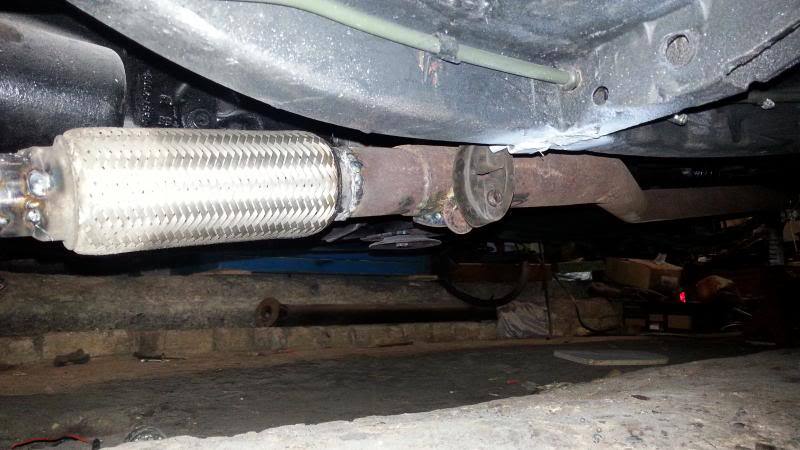
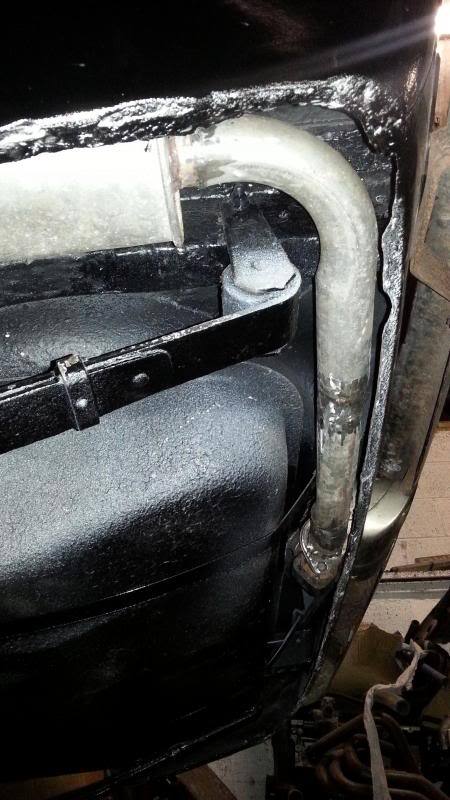
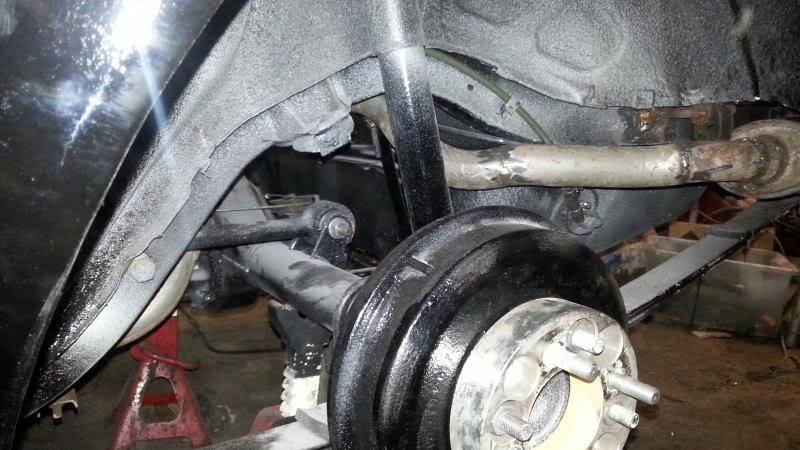

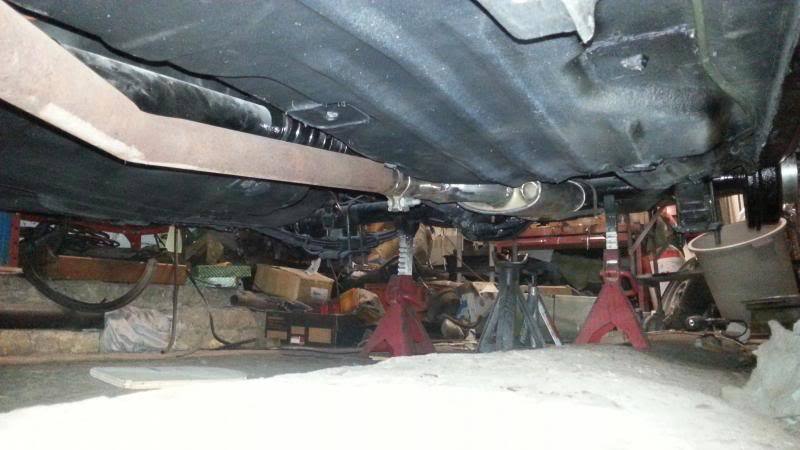
I've still got to make up the RHS route, and I'm also wrapping the sections the run in the valance to stop them heating things up too much, but it's 2/3 of the way there. Oh and incase anyone is wondering the flex joint has been added at the front so that I can fairly rigidly mount the tailpipe since there isn't much room for it to move about in!
Until next time...
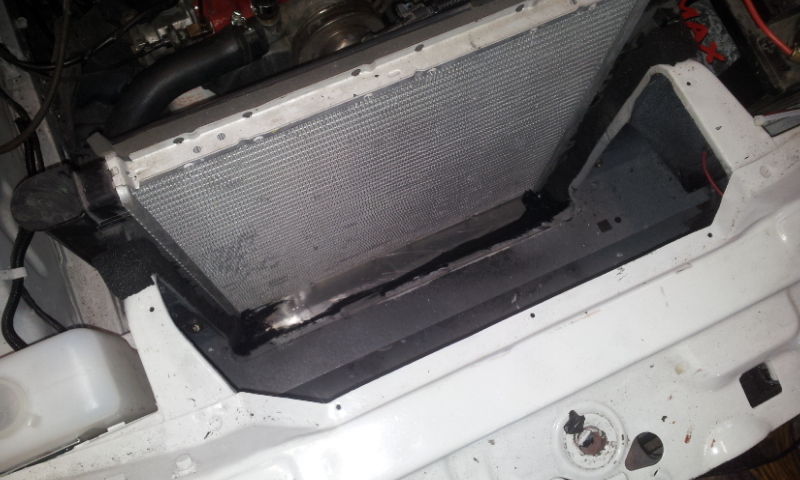
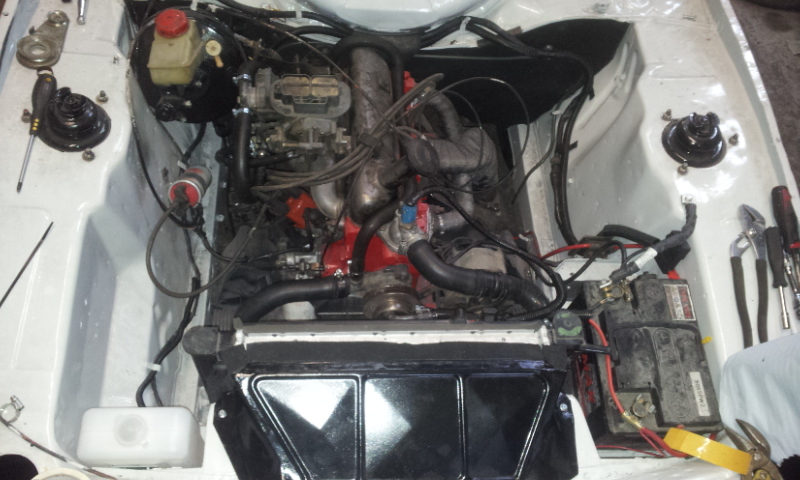



















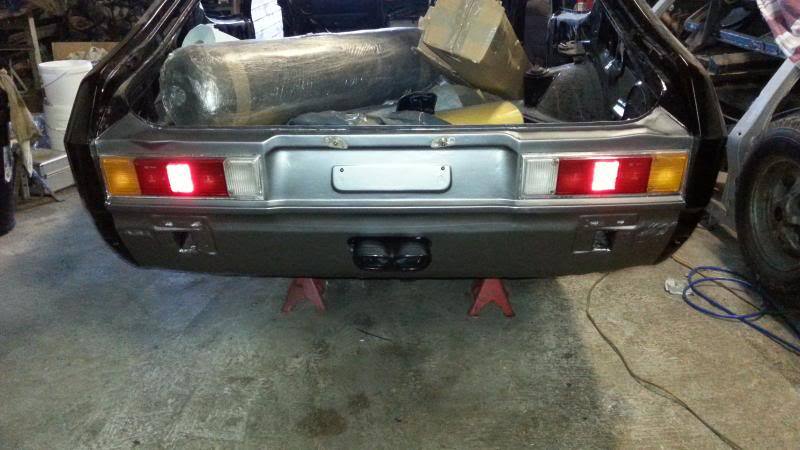
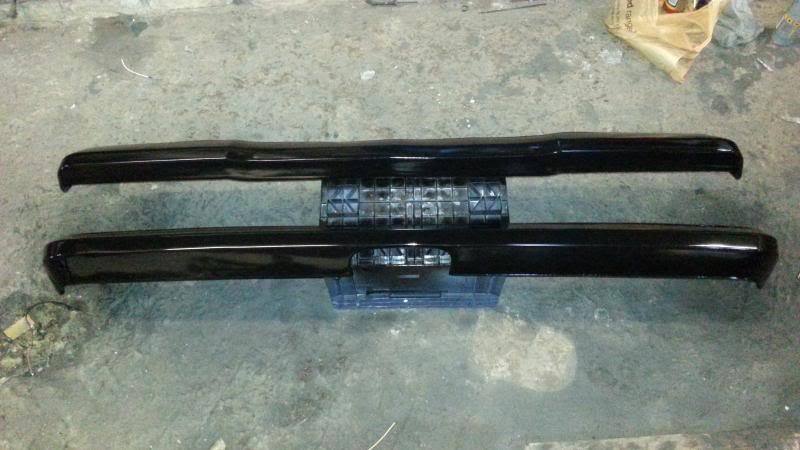

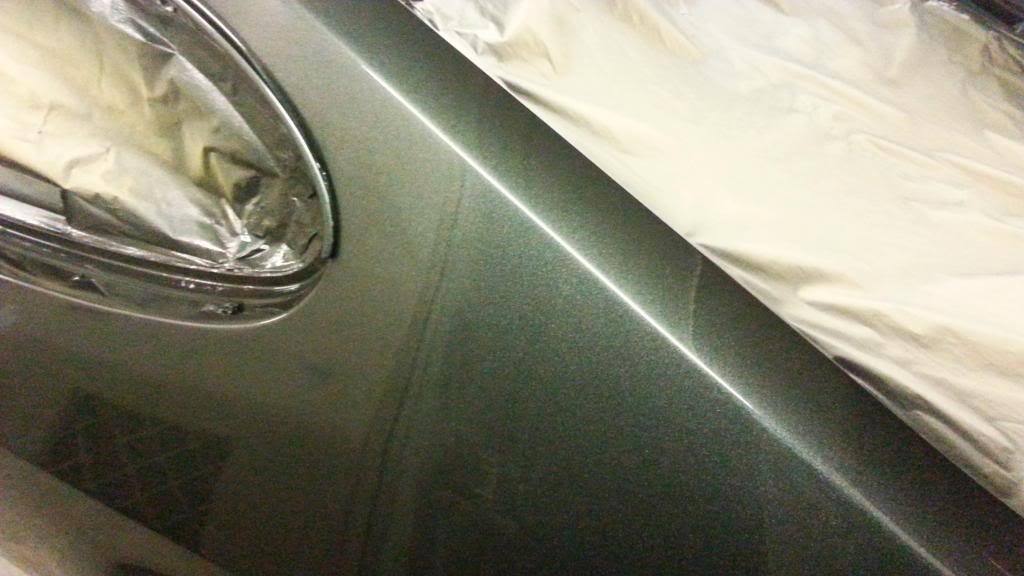
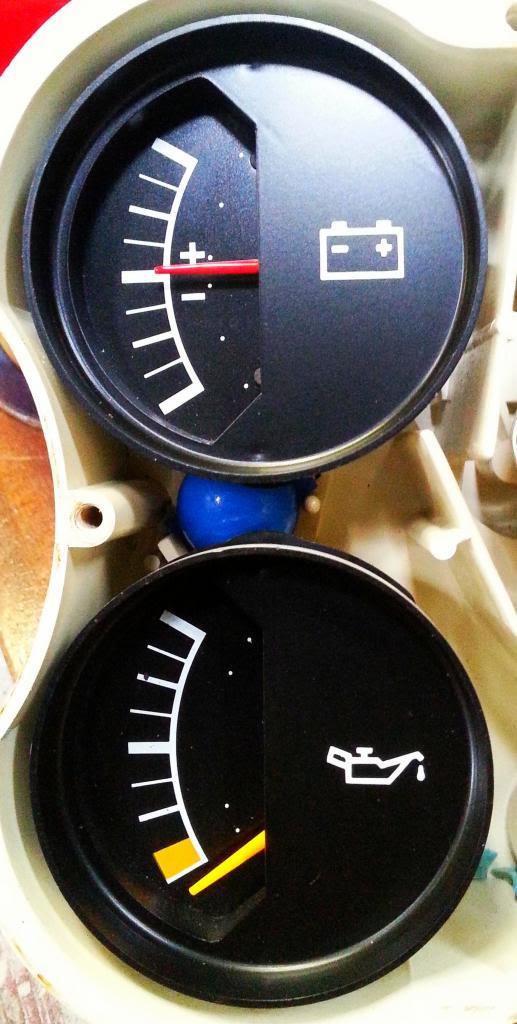
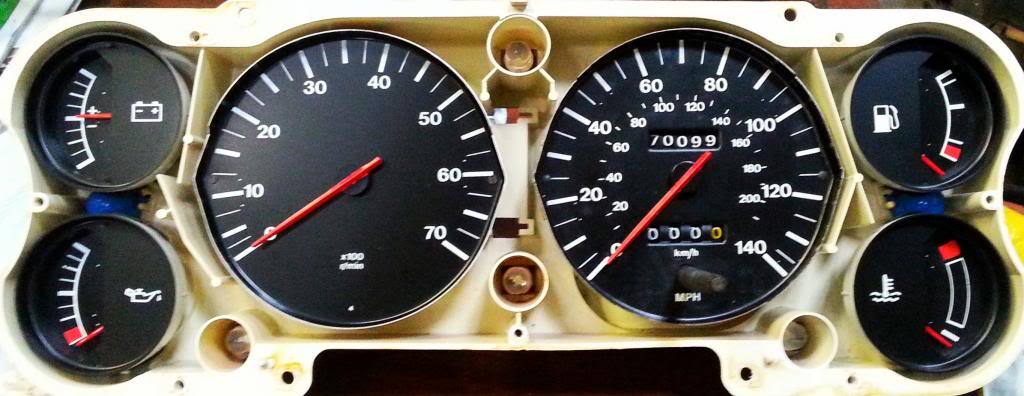


 ??
??